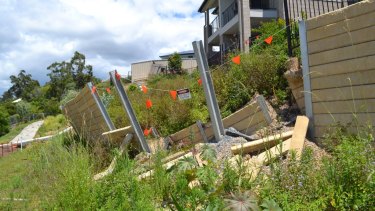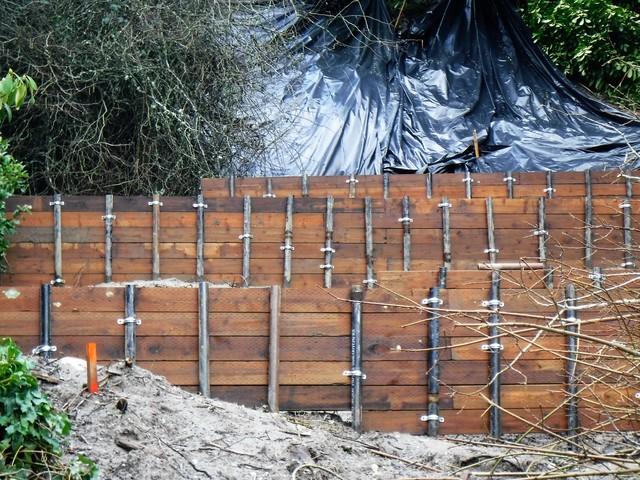In the present building construction business, maintaining the structure of buildings in great shape is often done via the use of Retaining Walls. These are walls that are retained in the base and/or end of the arrangement they protect. They can be constructed of concrete, rock or another material. These materials vary considerably in price, size and quality. The cost is set by the materials used, their appearance and their objective.
Retaining Walls Responsibility

Retaining Walls are used primarily for aesthetic reasons. They’re also necessary to include and protect materials which are deemed toxic. In the building industry, Retaining Walls are most often built around foundation walls and the walls that support the roof. These materials comprise joists, trusses, beams and all other structural components which hold a building. Without these constructions, the entire building could come tumbling down.
Retaining Walls Responsibility
A properly designed and constructed Retaining Wall must meet many federal and local building codes and must be sturdy enough to withstand wind, rain and snow loads. Materials used to construct these walls also have to be approved for use in such an area and meet certain guidelines for construction. The materials used must also be fire retardant and comply with state and local safety and building requirements. In addition, the wall must be earthquake resistant, both in layout and actual construction. If it cannot hold its weight and structural integrity, it can collapse and cause injury or death.
Retaining Walls Responsibility
There are a few standard types of Retaining Walls available to builders. They can be constructed from precast concrete panels that form the outside cover of the wall. These panels may be left in position until the desired shape and dimensions is achieved. In addition, precast concrete walls can be made to measure and can be found in various colors and materials to coordinate with the remainder of the plan.
Retaining Walls Responsibility
Retaining Walls could be constructed from stone, brick, brick and other materials based upon the needs and the taste of the homeowner. The colour, texture, and material used must be a reflection of their homeowner’s tastes and needs. The most common materials used for Building Retaining Walls are stone, concrete, block and stone. All these materials can be used separately or combined to create a custom-made wall.
In order to take full responsibility for the security and performance of a Retaining Wall, the project director of the house or company that employs employees on the job must be certain that the wall meets all local and national code requirements. In addition, the project manager must oversee the removal and erection of the Retaining Walls. This obligation allows for great flexibility in the quantity of work required and the method by which the Retaining Walls is taken down and put up. If there's an injury or vandalism to the Retaining Walls, the job manager is going to be held accountable.
The obligation of the Removal and Disposal of Retaining Walls falls upon the homeowner or business that uses the construction. The plan of this Retaining Walls typically requires 2 layers of stone and building of the wall usually requires four to six inches of gravel put in two-foot holes. In the case of an crash, the workers would be responsible for taking away the rock and dirt and some other neighboring debris such as dry leaves, broken bricks, or other trash. Any damaged tiles or cracks in the walls of this Retaining Walls would also have to be repaired and replaced by the building contractor or team without further delay.
As a consequence of the physical needs of the job and the design of the Retaining Walls, homeowners or business owners often find themselves needing extra aid to assure the success and general conclusion of the Retaining Walls job. This assistance comes in the form of Design and Construction Services (D&C). D&C is a business that offers several services to assist homeowners and businesses prepare for a new construction project. D&C will run a complimentary Security Assessment of your project site and offer you a written report detailing any safety concerns that may exist. Once safety is addressed, D&C will subsequently prepare the plan and layout for your job.

